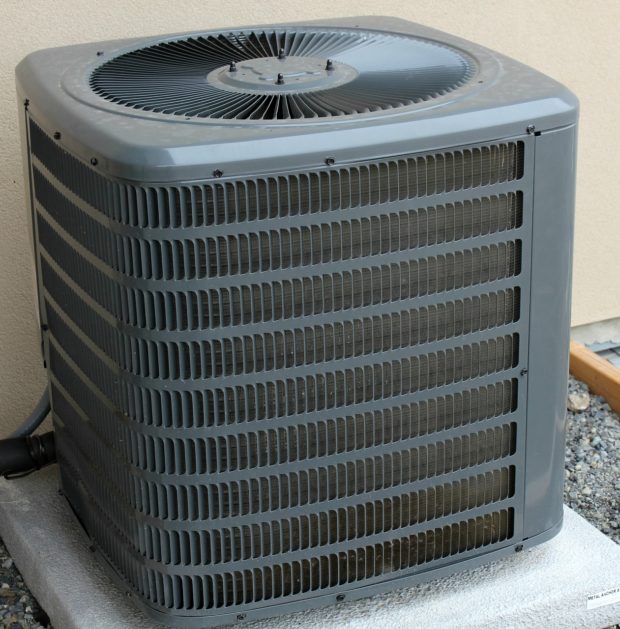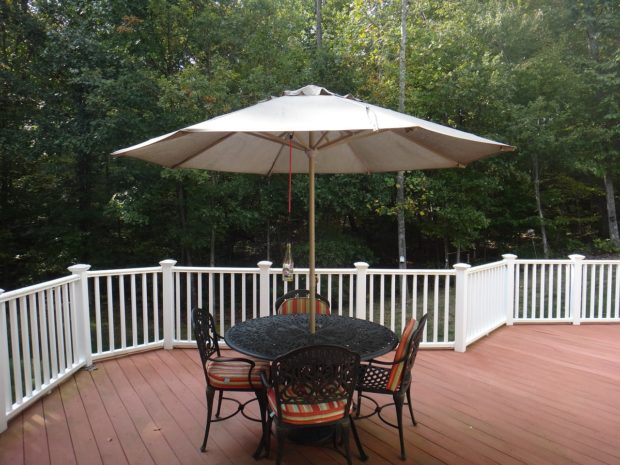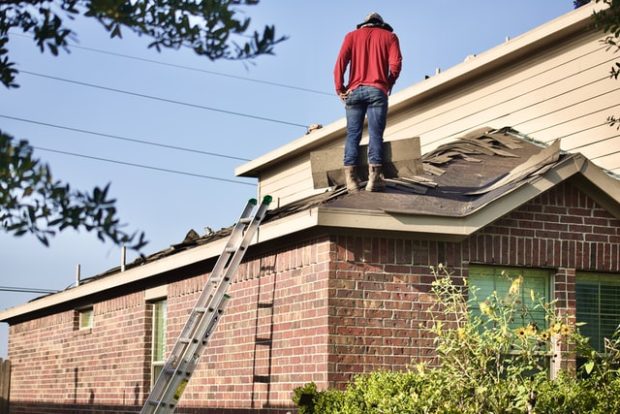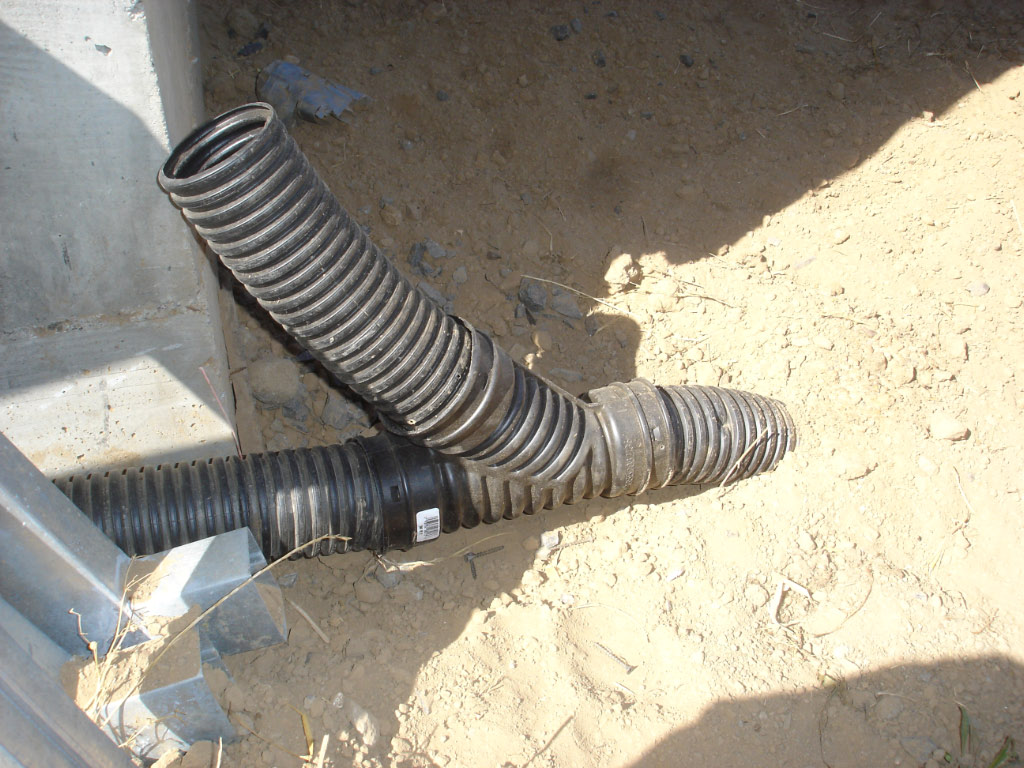Summer storms can bring much-needed relief from the heat, but they can also cause a lot of damage to your property. From high winds to hail, summer storms can take a toll on your home, leaving you with the task of assessing and repairing any damage. If you’re not sure where to start, this guide will give you some helpful tips for checking for damage and making repairs after a summer storm.
Check the Exterior of Your Home
The first step in checking for storm damage is to inspect the exterior of your home. Look for any visible signs of damage to your roof, siding, gutters, windows, and doors. Check for loose or missing shingles, dents in the siding, bent gutters, cracked or broken windows, and damaged doors. If you notice any damage, take pictures to document it for your insurance claim.
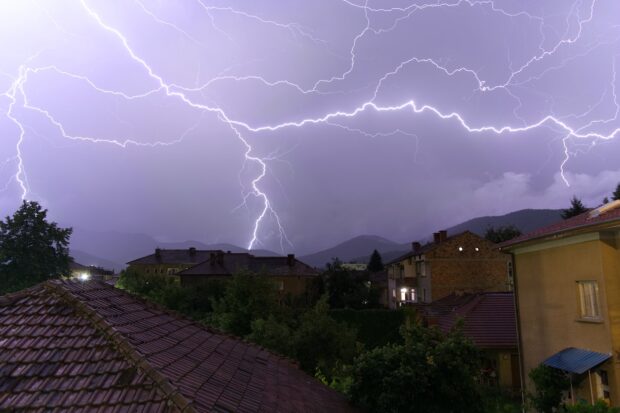
It’s also important to look for damage in your yard. Check for downed trees, broken branches, and other debris. Look for standing water that may indicate a drainage problem or flooded areas due to poor runoff from the storm. Additionally, check if there is any flooding or soil erosion near your foundation which could lead to structural problems later on. Be sure to take pictures of any damage you find in your yard as well to help with filing an insurance claim.
Inspect Your Attic
After checking the exterior of your home, head to the attic to inspect the interior. Look for any signs of leaks or water damage, such as wet insulation, water stains on the ceiling or walls, or puddles on the floor. Check for any signs of mold or mildew as well, as these can be a result of excess moisture from a leak.

In addition to water damage, it’s also important to check for other debris in your attic. After a summer storm, you may find leaves, dirt, branches and even small animals in the area. Be sure to wear protective clothing when inspecting the area and consider hiring a professional if you are not comfortable clearing out any debris on your own. Additionally, check for any damaged insulation and replace it if necessary.
Check Your HVAC System
Summer storms can also damage your heating, ventilation, and air conditioning (HVAC) system, so it’s important to check it for any signs of damage. Look for any visible damage to the exterior of the unit, such as dents or bent fins. Turn on your system and listen for any unusual noises or vibrations. If you notice any damage or hear any unusual sounds, call a professional HVAC technician to inspect and repair your unit.
In addition to visible damage, you may also notice other HVAC issues after a summer storm. For example, if your system is not running efficiently or the air coming out of the vents is not as cold as it should be, this could be signs of AC compressor damage due to the storm. You might also experience higher than normal energy bills due to damaged components in your HVAC system. Any of these issues should be addressed by an experienced professional to ensure that your system is running correctly and safely.
Don’t Ignore Your Fences and Decks
Summer storms can also damage your fences and decks. After a storm, check your wooden fences and decks for water damage, structural instability, or cracks. Be sure to remove any standing water and do not let water pool under your deck or fence.
If you find that your fence or deck is structurally unsound after a summer storm, it’s important to act quickly. In some cases, the damage may be minor and can be repaired with relative ease. However, if the structure is severely damaged or beyond repair, it may be time to consider replacing it entirely. If this is the case, consult a professional to ensure that any replacements are done safely and correctly. Don’t forget to dispose of any materials from the damaged structure so as not to cause further damage or injury.
Making Necessary Repairs
Once you’ve identified any storm damage, it’s important to get it repaired as soon as possible to prevent further damage or safety hazards. For minor damage, such as small dents in siding or gutters, you can often make the repairs yourself with some basic tools. For more extensive damage, such as a damaged roof or broken window, it’s best to hire a professional contractor to make the repairs.
If the damage to your property is extensive, it’s best to hire a professional contractor, such as plumbers, roofers, or hauling services. If you notice any structural damage affecting the foundation of your home or severe roof damage, these issues should be remedied by a qualified contractor as soon as possible.
Additionally, if you find large amounts of debris in your attic or other areas that need to be cleared out, it is strongly recommended to hire a professional for this task. A reputable contractor will be able to assess the damage and determine what needs to be done in order to make necessary repairs safely and efficiently.
Working With Your Insurance Company
If your home has suffered significant damage from a summer storm, you may need to file an insurance claim to cover the costs of repairs. Be sure to document any and all damage with pictures and a written inventory of the damage. Contact your insurance company as soon as possible to start the claims process and get an estimate for the cost of repairs.
When working with an insurance company, it is important to be as thorough and detailed as possible. Make sure that you have accurate information about the damage and the cost of repairs, as well as photos documenting the issue.
Additionally, keep all receipts for any work you have done on your property and make notes of any conversations you have with your insurer. Finally, check your policy carefully to make sure that any damage is covered under your insurance. By being thorough and organized, you can ensure that the claims process with your insurer goes as smoothly as possible.
Summer storms can be unpredictable and cause a lot of damage to your home, but knowing where to check for damage and how to make repairs can help ease the stress of dealing with the aftermath. By inspecting the exterior and interior of your home, checking your HVAC system, repairing any damage, and working with your insurance company, you can restore your home to its pre-storm condition and get back to enjoying the summer weather. Stay safe and stay proactive!

